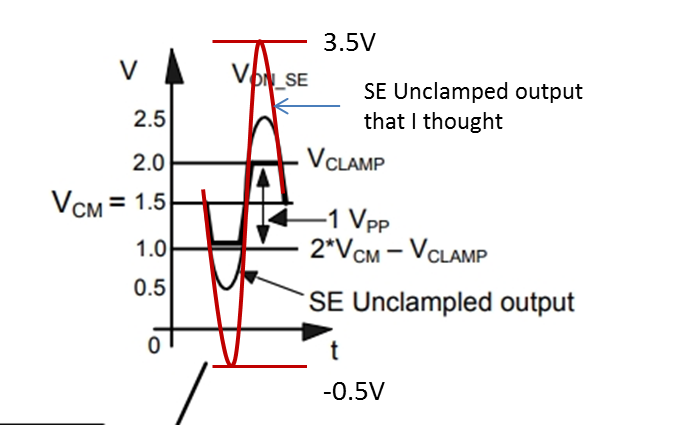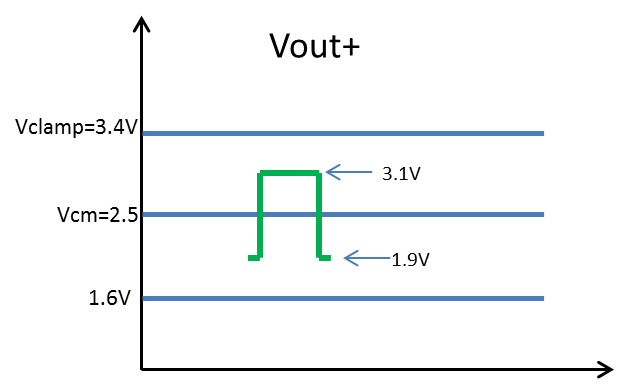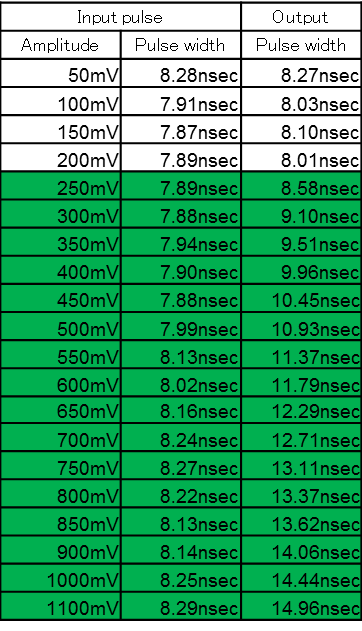Hi
I have question for gain setting with clamp operation.
According to the description of clamp operation in datasheet P.22, Figure 59 shows example circuit whose gain is 2V/V.
However, I could not find the wave which is represented in gain with 2V/V in the Figure.
If the output is not clamped for single-ended input in the circuit offering 2V/V gain, how is output level of VOUT+ and VOUT- respectively?
For example, if Vin = 0.5Vpp is assumed in Figure 59, how are VOUT+ and VOUT-?
BestRegards





